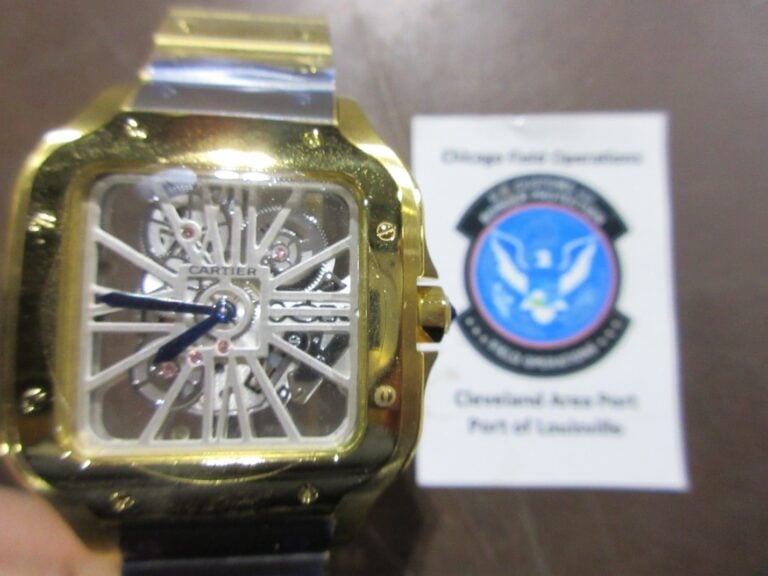Halloween is upon us and those scary ghosts and goblins will soon be descending upon our neighborhoods. And if you are like most parents with young kids, you are have already started giving the usual speech about stranger danger and inspecting candy before it’s eaten.
But the real danger that parents need to address is the one involving vehicles. Kids have a greater chance of being fatally injured by a car on Halloween than any other day of the year, including the Fourth of July and New Year’s Day.
According to USA Today, a new U.S. government report notes that 115 pedestrians under 18 were killed on Oct. 31 from 1990 to 2010. Taken on average, this is 5.5 deaths per Halloween—more than double the daily average of 2.6 deaths on “normal” days. Children ages 12-18 accounted for 47 deaths, followed by the 7 to 12 age group, who accounted for 41 deaths. The remaining deaths were among younger children, aged 6 and under.
According to a 2011 study conducted by Sperling Best Places for State Farm, the deadliest hour of the night is between 6 p.m. and 7 p.m., just as it is turning dark. The study indicated that the middle of the block is the most hazardous as more than 70 percent of accidents occurred away from an intersection or crosswalk.
Kids of all ages should be reminded to cross at crosswalks, carry flashlights, wear reflective clothing and avoid masks that limit vision. Solo-going tweens and teens also need extra reminders to put their cellphones away and to keep their eyes on their path.
Safety experts have suggested that parents should accompany kids up to at least the age of 12 years old, but a Safe Kids study in 2011 found that 12 percent of children ages 5 and under go it alone. Motorists need to be extra cautious.
Here are some additional practical safety tips for you and your kids this coming weekend:
‣ When purchasing a costume, masks, beards and wigs, make sure they are labeled “Flame Resistant.” Although this label does not mean these items won’t catch fire, it does indicate the items will resist burning and should extinguish quickly once removed from the ignition source. To minimize the risk of contact with candles or other sources of ignition, avoid costumes made with flimsy materials and outfits with big, baggy sleeves or billowing skirts.
‣ Purchase or make costumes that are light and bright enough to be clearly visible to motorists. For greater visibility during dusk and darkness, decorate or trim costumes with reflective tape that will glow in the beam of a car’s headlights. Bags or sacks should also be light colored or decorated with reflective tape. Reflective tape is usually available in hardware, bicycle, and sporting goods stores.
‣ Costumes should be short enough to prevent children from tripping and falling.
‣ Falls are common on Halloween, and inappropriate shoes contribute to the problem. Children should wear well-fitting, sturdy shoes and avoid wearing oversized shoes and their mother’s high heels.
‣ Hats and scarfs should be tied securely to prevent them from slipping over children’s eyes.
‣ Apply a natural mask of cosmetics rather than have a child wear a loose-fitting mask that might restrict breathing or obscure vision. If a mask is used, however, make sure it fits securely and has eyeholes large enough to allow full vision.
‣ Swords, knives, and similar costume accessories should be of soft and flexible material.
‣ To easily see and be seen, have your child carry a flashlight.
‣ Young children should always be accompanied by an adult or an older, responsible child. All children should walk, not run, from house to house and use the sidewalk if available. Children should be cautioned against running out from between parked cars or across lawns and yards where ornaments, furniture or clotheslines present dangers.
‣ Children should go only to homes where the residents are known and have outside lights on as a sign of welcome.
‣ Children should not enter homes or apartments unless they are accompanied by an adult.
‣ People expecting trick-or-treaters should remove anything that could be an obstacle from lawns, steps and porches. Candlelit jack-o’-lanterns should be kept away from landings and doorsteps where costumes could brush against the flame. Indoor jack-o’-lanterns should be kept away from curtains, decorations, and other furnishings that could be ignited.
‣ Keep pumpkins with candles away from landings and doorsteps where costumes could brush against the flame. Better yet, choose battery-operated candles and lights instead of open-flamed candles. Also remember to remove obstacles from your lawn such as hoses and tools, and keep your steps and porches free of trip hazards.
Be safe, my friends.
Keven Moore works in risk management services. He has a bachelor’s degree from University of Kentucky, a master’s from Eastern Kentucky University and 25-plus years of experience in the safety and insurance profession. He lives in Lexington with his family and works out of both the Lexington and Northern Kentucky offices. Keven can be reached at kmoore@roeding.com.






















